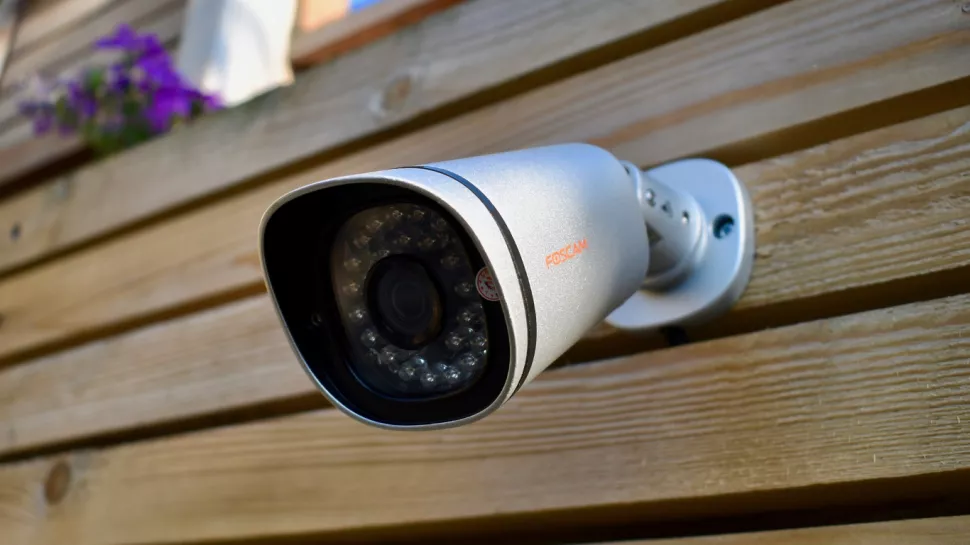A home security system is simply a set of interconnected devices that protect your home from potential danger. This is a broad definition and includes everything, from home automation systems to leakage detectors, but it’s not the only thing that falls under this category.
What kind of home security system are you really looking for? This guide will show you how to choose the best home safety system for you, starting with choosing the right components and ending up setting up the network.
Preparation: How to choose the best home security system
There are some things you should consider before you start. Although you don’t have to do any preparations prior to installing the security system you should consider the age and condition your home as well as the value of the valuables it contains before you make a decision about what type of security system you want.
Step 1: Decide your primary purpose
Start by asking yourself why you are looking at a home security system, and what purpose it will serve. There are three main types of security systems on the market today: intruder protection, home automation, and environmental monitoring.
The most advanced form home security is home automation. These systems are made up of multiple devices that are connected via the internet of things (IoT). You can control these devices individually or together using your smart speaker or smartphone.
Alarm systems and intruder detection are used to protect your house from burglars. These systems include motion sensors, security alarm system and window films that make it difficult for burglars to break into your home.
Environmental monitoring systems are able to detect human anomalies such as fire and leakage, and take the necessary precautions to avoid disaster. This category includes sprinklers, smoke detectors and pipeline monitors.
A home security system that is ideal for your needs and your budget will include a few of each type in order to provide a well-rounded level of security.
Step 2: Select the correct components
There are many home security kits and starter kits that you can choose from. You can combine them to achieve the best results. Before you can do anything, however, you must first determine the exact components that you require for your home security system.
A smart doorbell, for example, can be used to verify who is trying to enter your home. Many smart doorbells come with motion sensors, which activate a camera located near the door to alert you when someone opens the door or rings it. These doorbells are an integral part of smart home security systems and are usually included in all packages.
Smart doorbells, motion camera, burglar alarms and smart lights are all good options for any home security system. You may want to add smoke and fire detectors or pipeline monitoring systems, depending on the age of your property.
Step 3: Select the right monitoring system
You can benefit from an all-day call center that monitors your property for suspicious activity and alarms if you have the funds. They will notify emergency services if they see anything unusual so potential disasters can be prevented. This is professional monitoring.
DIY monitoring can be used for small properties and houses with few valuables. You can choose to get a notification on your phone whenever a motion sensor triggers or suspicious activity is detected by a surveillance camera.
DIY home security is not like professionally monitored security systems. You are responsible for calling emergency services and not the security company.
Step 4: Select a network that is reliable
Every home security system must be interconnected to work. It is crucial to choose the right network to connect these devices. Unreliable networks can lead your security system failing at critical moments.
Home security systems can use either wired or wireless networks.
In areas where internet connectivity is limited or non-existent, wired networks are more reliable. They require a landline connection in order to transmit data. This means that they must be professionally installed.
Wireless networks are becoming more and more popular every day. They only require a Wi-Fi connection or cellular connection to work. These systems come pre-installed and do not require professional installation. To configure and control the devices in the package, you will usually need to download an app for your smartphone.
Step 5: Select a method of installation
You have the option to either hire professionals or install your home security system yourself.
Systems that are professionally installed are more reliable, have more bells and whistles, and can be expensive. These systems rely on professional monitoring and wired connectivity to function.
You can set up DIY systems from your smartphone or tablet. All you need is an installation manual. These systems come pre-programmed, so you don’t need to drill. However, they may not have certain features and will only work properly if there is internet connectivity.


